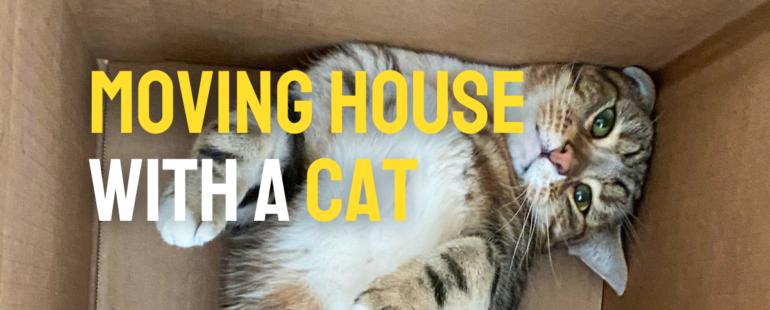
Moving house with a cat
Our top tips on how to keep your cat happy (and safe) when moving house.
In the build up to moving house your cat may become upset and behave differently when there is lots of things being moved about in their home. Your behaviour will also affect how your cat behaves, especially if you are starting to feel stressed or worried.
On moving day it will be especially important to make sure your cat is as calm and stress-free as possible. To avoid added distress, make sure you plan in advance how to move your cat to your new house, and how to settle them in once there.
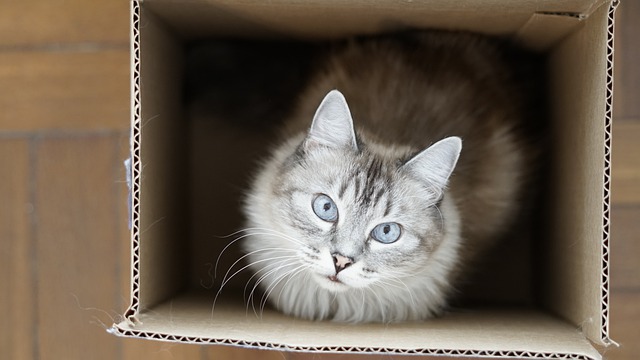
1. Prepare in advance for travelling with your cat
If you are travelling by car to your new home, you will need to transport your cat in a carrier or basket. Many people make the mistake of hiding a carrier away and only using it when the cat needs to visit the vet or a cattery, but this can cause additional anxiety for them.
Don’t spring upon them the cat carrier on moving day, if they are not use to travelling in one. A few weeks before moving day, get them used to the carrier by positioning it in a quiet and accessible place in the house, and make it as inviting as possible by adding a blanket. This will encourage your cat to develop positive associations with it.
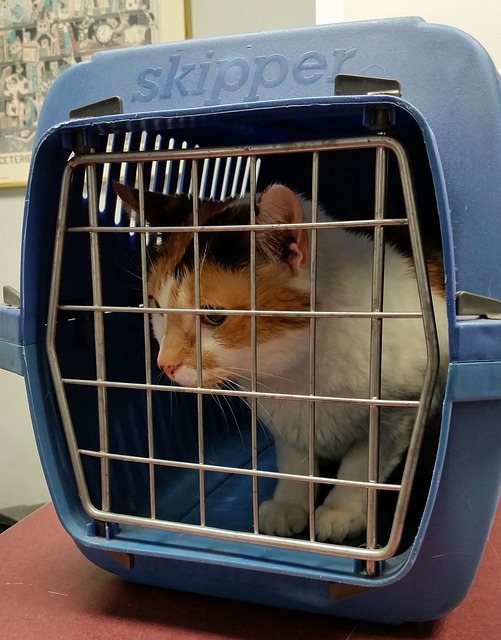
2. Ensure Your Pet Carrier is big enough for your cat
Make sure you have a carrier big enough for your cat to sit up in and lay out flat. If you have multiple cats, then try to give them a basket each to avoid any fighting which might come about due to the stress they feel. Ask to borrow a carrier from a friend or family member, and make sure you have it in advance of your move so your cat can get use to the smell of it.

3. Arrange a safe space for your cat to stay on Moving Day.
To avoid problems on moving day, plan to have one room in your house, one away from the main activity, as a temporary pet room for your cat to stay in. This will keep the paths clear for your removal crew and avoid your cat becoming scared and running off outside.
Make sure the room is fully clear, then put your cat in there along with items that will make their duration in the room comfortable such as bedding, toys, food, water and a litter tray.
If it’s a hot day, ensure there is sufficient ventilation, but don’t leave windows or doors open wide enough for them to be able to sneak out of. Make sure to place a clear sign on the door so that family members, friend helping and the removal crew know why they can’t go in there.
If this is not possible, see if a family member or friend can take your cat(s) for the day of the move, or look into booking them into a cattery for the day.
Casey’s Removals were sympathetic to my worries about my cat being stressed and cleared out a room for me to put him in while they packed up the rest of my old house!
Amanda (2-bed house)
4. Introducing your cat to your new house
When you arrive in your new house, find a quiet corner to place the carrier. Gently open the door and allow them to come out in their own time. As cats are a territorial species, so they may want to investigate their new surroundings before approaching you, this is perfectly normal behaviour.
It may take a few days for them to settle in and relax. Give them plenty of space and lots of hiding places, so they can hide and feel safe.
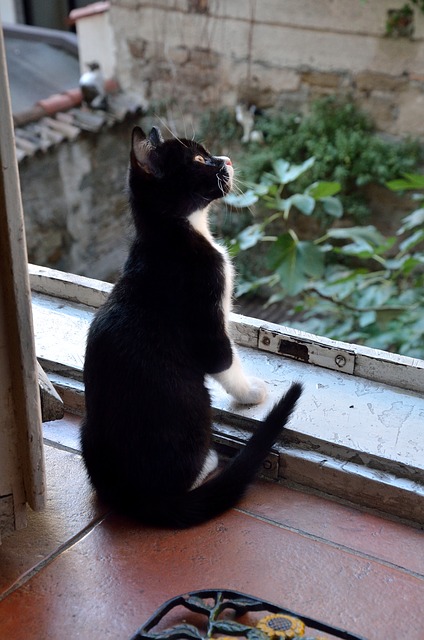
5. Keep your cat into for a little while first
In the first few days your cat will not be familiar with their new surroundings and may be scared. Your cat’s instinct will be to escape, which is why it is always advisable to keep cats inside a new home for a week or so post-move to help them adjust.
You will need to ensure that all windows and doors are kept securely close and that cat flaps and chimneys are blocked. Everyone in the house should be made aware of these special rules.
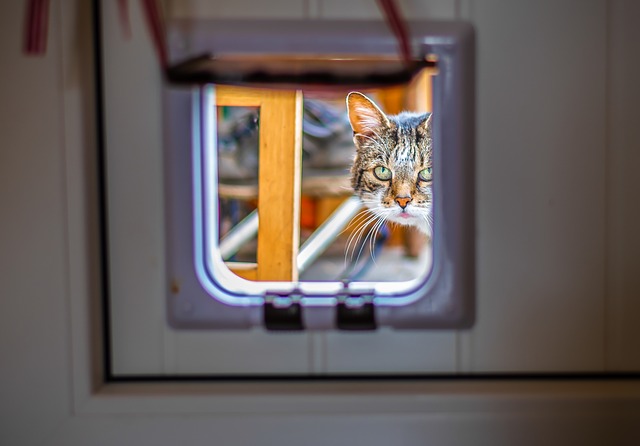
6. Update their Microchip and collar tag
Make sure you update your contact details on your cat’s microchip and collar (if they have one), that way if they do escape early, or get lost later on, you can be contacted if they are found. The easiest way to do this is by contacting your vet, who should have the details of your cats microchip on their records.
If you have moved out of the area, you will also need to register your cat at a new vets.
Casey’s Removals offer a professional home removal service throughout the UK from our main operating area of London, Kent & Surrey. We carry out stress-free, fully-insured moves nationwide and overseas. Our friendly and experienced team are on hand to take care of your move every step of the way, providing a packing service alongside our reliable removals and storage options.
Please don’t hesitate to get in touch for advice or a free quotation for our services.

Comments (No Responses )
No comments yet.